Common Name(s): Bigleaf maple, Oregon maple
Scientific Name: Acer macrophyllum
Distribution: Coastal regions of Pacific North America
Tree Size: 80-100 ft (25-30 m) tall,
2-3 ft (.6-1.0 m) trunk diameter
Average Dried Weight: 34.0 lbs/ft3 (545 kg/m3)
Specific Gravity (Basic, 12% MC): .44, .55
Janka Hardness: 850 lbf (3,780 N)
Modulus of Rupture: 10,700 lbf/in2 (73.8 MPa)
Elastic Modulus: 1,450,000 lbf/in2 (10.00 GPa)
Crushing Strength: 5,950 lbf/in2 (41.0 MPa)
Shrinkage: Radial: 3.7%, Tangential: 7.1%,
Volumetric: 11.6%, T/R Ratio: 1.9
Color/Appearance: Unlike most other hardwoods, the sapwood of maple lumber is most commonly used rather than its heartwood. Sapwood color ranges from nearly white, to an off-white cream color, sometimes with a reddish or golden hue. The heartwood tends to be a darker reddish brown. Bigleaf maple is known for its (occasional) quilted grain patterns.
Grain/Texture: Grain is generally straight, but may be wavy. Has a fine, even texture.
Rot Resistance: Being that the sapwood of maple is used, and not the heartwood, it is non-durable to perishable in regard to decay resistance.
Workability: Fairly easy to work with both hand and machine tools, though maple has a tendency to burn when being machined with high-speed cutters such as in a router. Turns, glues, and finishes well, though blotches can occur when staining, and a pre-conditioner, gel stain, or toner may be necessary to get an even color.
Odor: No characteristic odor.
Allergies/Toxicity: Bigleaf maple, along with other maples in the Acer genus have been reported to cause skin irritation, runny nose, and asthma-like respiratory effects. See the articles Wood Allergies and Toxicity and Wood Dust Safety for more information.
Pricing/Availability: Should be very moderately priced, though figured pieces such as curly or quilted grain patterns are likely to be much more expensive.
Sustainability: This wood species is not listed in the CITES Appendices or on the IUCN Red List of Threatened Species.
Common Uses: Veneer, paper (pulpwood), boxes, crates/pallets, musical instruments, turned objects, and other small specialty wood items.
Comments: Bigleaf maple is appropriately named, as its leaves (illustrated below) are the largest of any maple, commonly reaching an overall width of 6 to 12 inches (15-30 cm) across.
Bigleaf maple is a commercially important hardwood timber for the United States’ west coast, where it is virtually the only commercial maple species in the region. It is considered to be in the grouping of soft maples, and its wood is lighter, softer, and weaker than that of hard maple. For more information, please see the article on the Differences Between Hard Maple and Soft Maple.
Images: Drag the slider up/down to toggle between raw and finished wood. A special thanks to Adam Cottrill for providing the turned photo of this wood species.
Identification: See the article on Hardwood Anatomy for definitions of endgrain features.
Porosity: diffuse porous
Arrangement: solitary and radial multiples
Vessels: small to medium; moderately numerous to numerous; heartwood deposits sometimes present
Parenchyma: banded (marginal)
Rays: narrow to medium, normal spacing
Lookalikes/Substitutes: Bigleaf maple is more or less indistinguishable from other soft maples such as red maple (Acer rubrum), however, it can usually be separated from hard maple (A. saccharum) not only on the basis of weight, but also ray width. Bigleaf maple tends to have more uniform medium-width rays, while hard maple has a greater range of wide and narrow rays.
Notes: None.
Related Content:

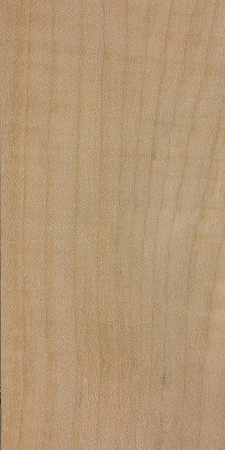
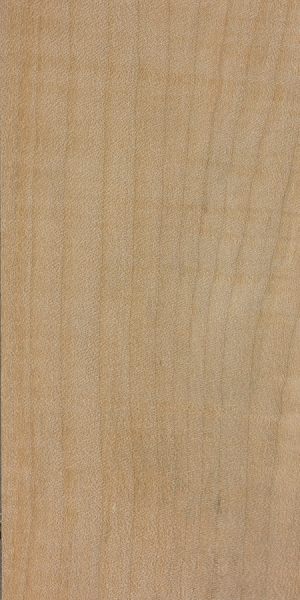
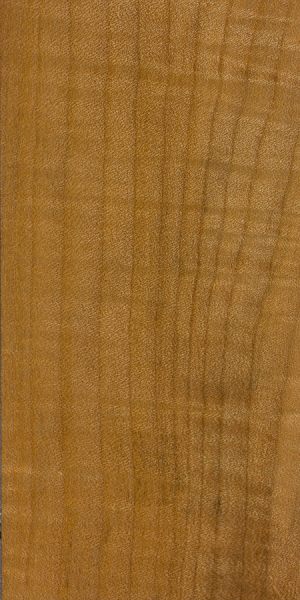
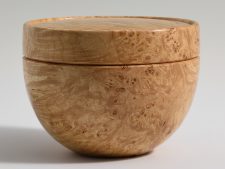
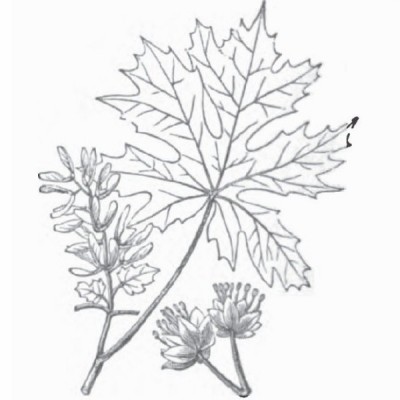
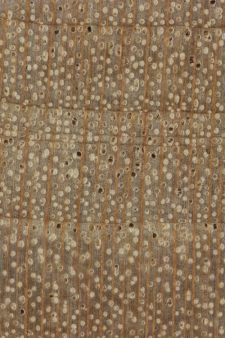

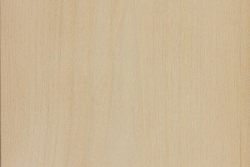
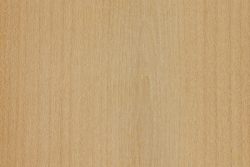
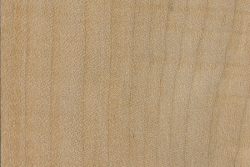
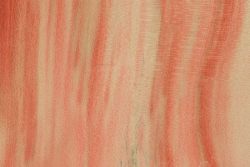
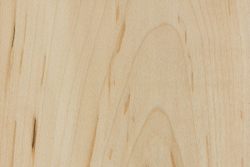
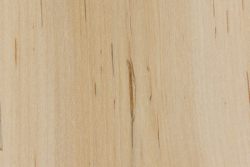
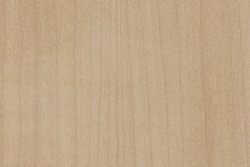
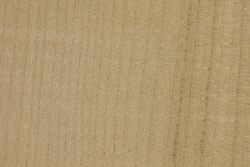
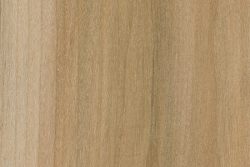
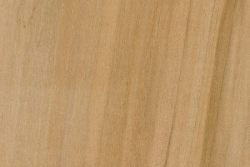
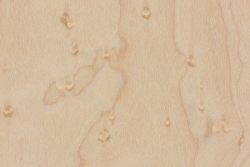
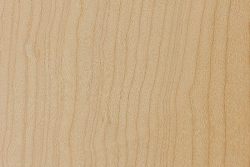
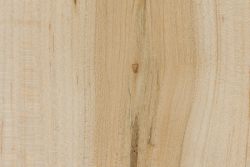
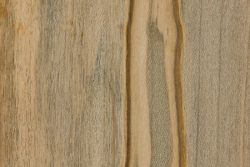
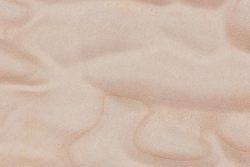
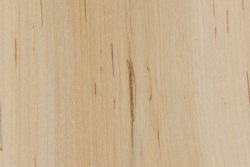
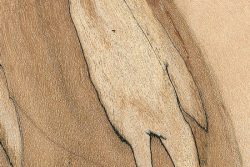
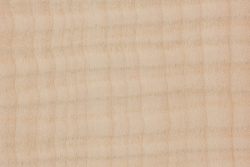

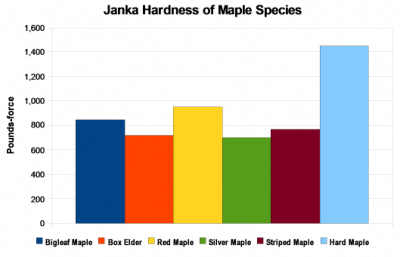





That brings up a very relevant question: is there any place on the web for references on leaf/flower/general shape of any and all of these no doubt magnificent trees?
I have not found any so far.
Max, yes! If you live in the Pacific Northwest, specifically Oregon, this is a killer guide: https://oregonstate.edu/trees/dichotomous_key/index.html
I HIGHLY recommend this book by OSU. It is not a textbook, it’s a full color guide to tree ID. I keep it with me in my car wherever I travel. https://catalog.extension.oregonstate.edu/ec1450
https://oregonstate.edu/trees/dichotomous_key/index.html
Brenda, I agree it is probably not a big leaf maple leaf and suggest it could be Norway maple.
The color picture above is a probably a sugar maple leaf. As you can see by the (correct) drawing, bigleaf maple leaves are more deeply incised.